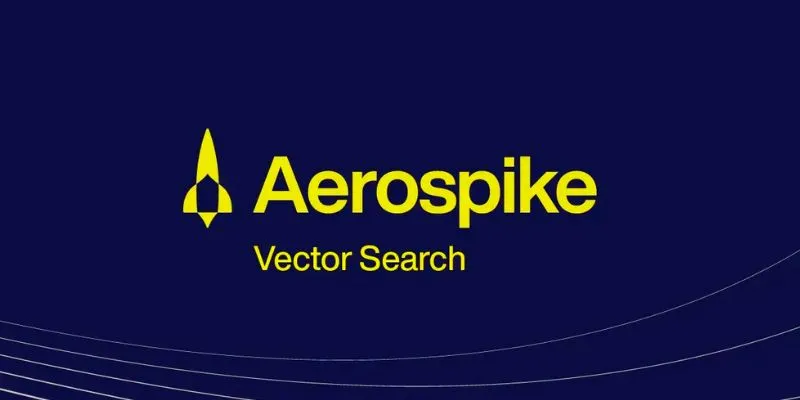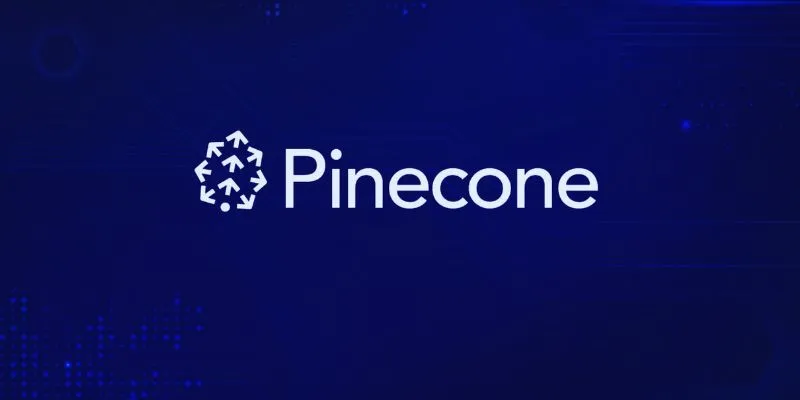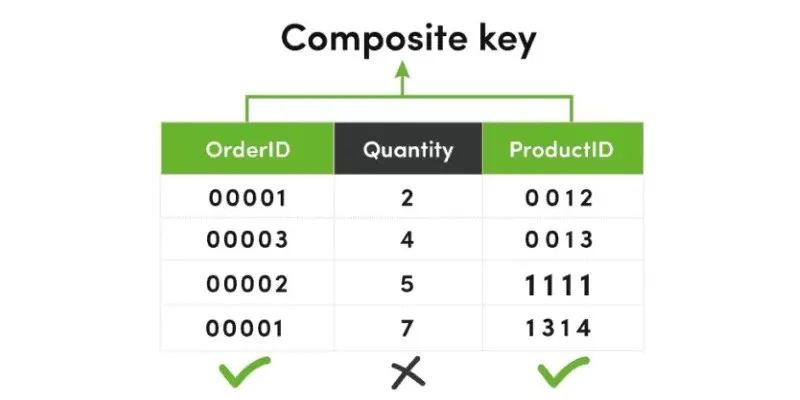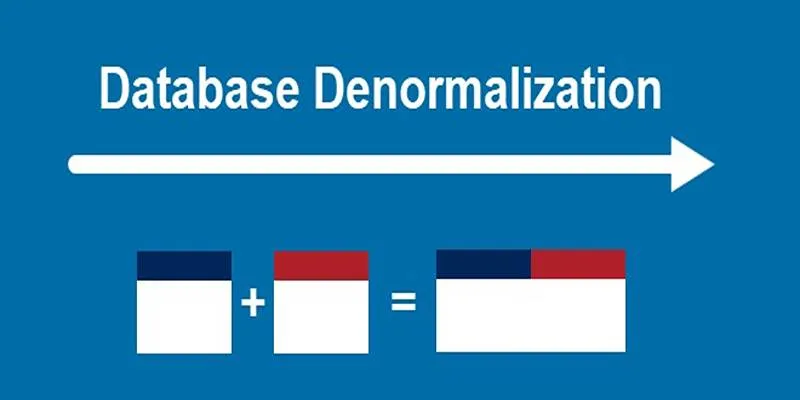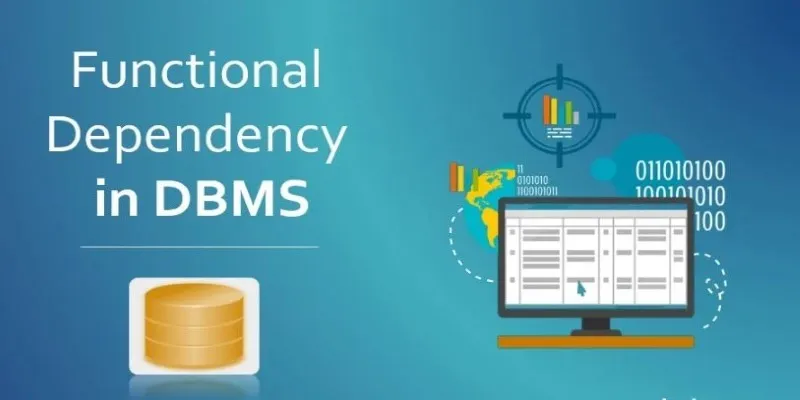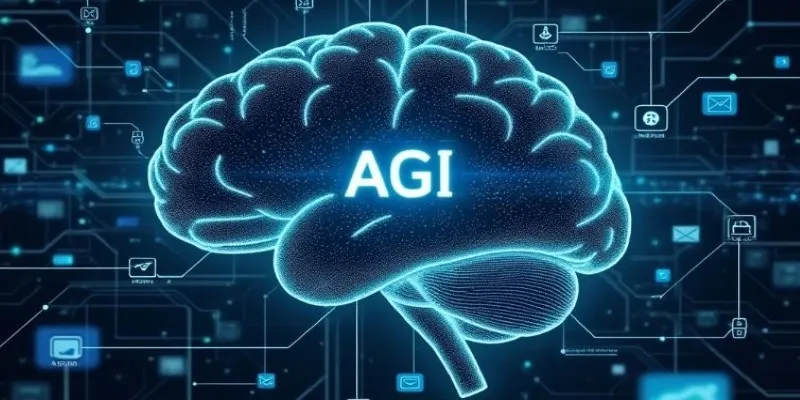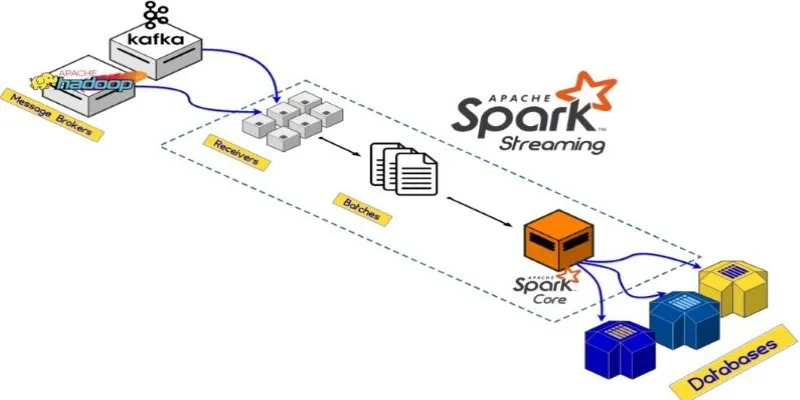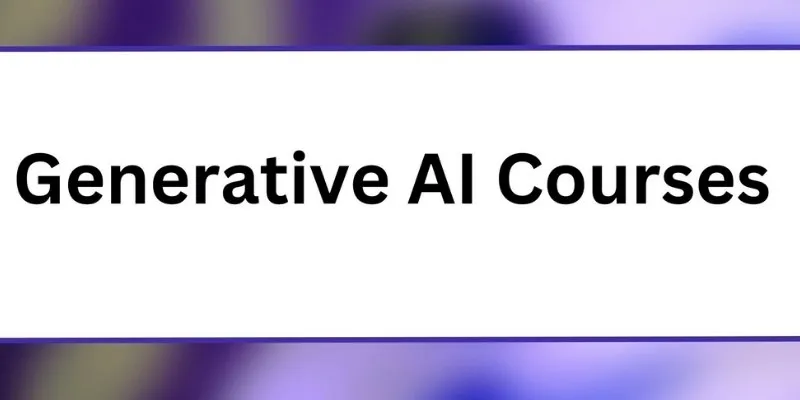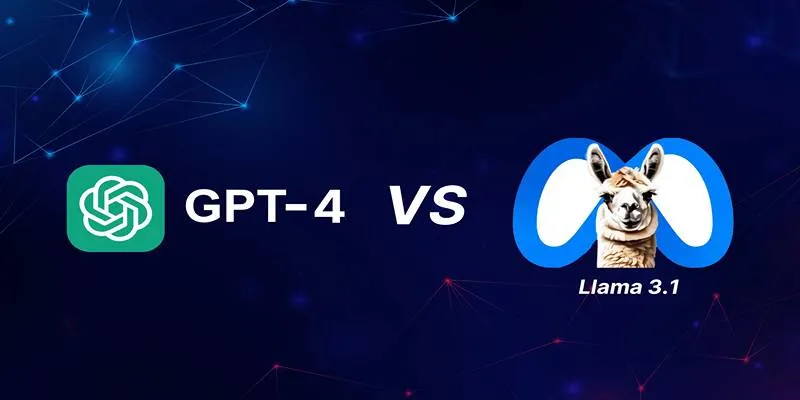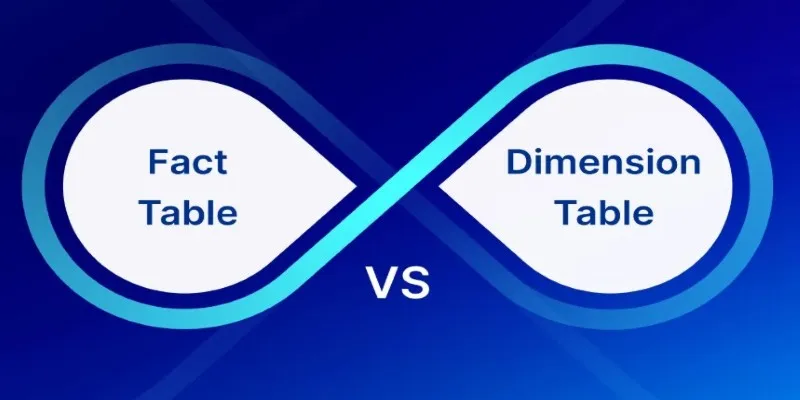Graph databases are designed to make sense of connected data. Instead of squeezing relationships into tables or arrays, they store information as nodes and edges, which match how we naturally think about links — people in a network, cities on a map, products customers buy. This cheatsheet explains the core ideas behind graph databases in simple terms, covering how they work, what makes them unique, and how to use them effectively. Whether for analytics, recommendation systems, or fraud detection, knowing these concepts helps you work with graphs more confidently and build better, more meaningful queries.
What Makes Graph Databases Different?
Graph databases emphasize the relationships between things. Relational databases put data in tables and depend on joins to link rows. A graph database represents entities as nodes and relations as edges directly. Nodes and edges can contain properties — descriptive key-value pairs. This enables queries to traverse paths through data without costly joins.

They are especially good for data models with many-to-many relationships or deep, irregular links. A recommendation engine, for example, can quickly find paths between users and products they might like based on others’ behavior. Graph queries stay fast even with multiple hops, unlike SQL queries that slow down as they join more tables.
Another strength is flexibility. Graph databases allow you to add new nodes or relationship types without redesigning the entire schema. This makes them well-suited to areas like social media, fraud detection, supply chains, and knowledge graphs, where structures often change or grow in complexity.
Common Graph Database Concepts
Most graph databases, such as Neo4j, Amazon Neptune, or JanusGraph, follow the same basic structure: nodes and edges.
-
Nodes: A node represents an entity, like a person, place, or product. Each node may have one or more labels that categorize it. For instance, a node labeled
Personmight have properties like name, age, and email. A node labeledProductmight include name, price, and category. -
Edges: An edge (or relationship) connects two nodes and is directional. It has a type — such as
FRIENDS_WITH,PURCHASED, orLOCATED_AT— and can hold its properties, like the date a connection was made or its strength. While edges have direction, many systems let you treat some edges as bidirectional when querying. -
Traversals: Traversals are at the heart of querying graphs. Rather than joining tables, you start at a node and move across edges, filtering as you go. This is what makes it easy to find, say, “all people within two connections of this person” or “the shortest route between two points.”
Indexes help find starting nodes for a traversal quickly. Once the starting point is located, the graph engine follows connections in memory, avoiding costly lookups at every step.
Practical Use Cases and Patterns
Graph databases are most effective when relationships are central to the data. Social networks are a classic case: users are nodes, connections are edges, and queries like “who are my mutual friends?” or “who influences this group?” are easy to express and efficient to compute.

In recommendation systems, you can model users and products as nodes and represent actions like purchases or likes with edges. Queries can follow paths like “users who bought this also liked that,” leveraging the structure to make better suggestions.
Fraud detection benefits from graph databases by uncovering hidden links among accounts, transactions, and identifiers. Since queries can trace connections over many hops quickly, they are good at spotting suspicious patterns that traditional databases miss.
Supply chains also fit well. Warehouses, suppliers, shipments, and retailers can be modeled as a graph. When an issue occurs at one point, you can trace downstream effects or reroute flows based on current connections.
These examples show how the graph’s flexibility lets you expand your model by adding new types of nodes or relationships as the system grows, without disrupting the existing structure.
Writing Queries and Thinking in Graphs
Graph databases use query languages designed around patterns. Neo4j uses Cypher, Amazon Neptune supports Gremlin and SPARQL, and others have their syntax. They all describe paths and patterns of nodes and edges.
For example, to find all friends of someone named “Alice” in Cypher:
MATCH (alice:Person {name: "Alice"})-[:FRIENDS_WITH]->(friend:Person)
RETURN friend.name
This describes a pattern: a Person node named Alice connected by a FRIENDS_WITH edge to another Person.
These patterns can be extended to several levels, supporting queries like “friends of friends” or “products viewed by people in my city.” Since graph queries mirror how we think about networks, they often feel more direct than SQL.
Performance still depends on how you design your queries. Poorly written traversals can touch too many nodes and edges, slowing things down. Starting with an index to find a good entry point and adding constraints early in the traversal helps keep queries efficient.
When modeling data, not every attribute needs its node. Simple details like names, dates, or IDs are better kept as properties of nodes or edges rather than separate nodes. Nodes should represent entities you expect to connect to others or query on their own. This approach keeps the graph lean and the queries fast.
Conclusion
Graph databases offer a natural way to work with connected data, aligning with how relationships are understood in the real world. By storing data as nodes and edges with properties, and using traversals to explore connections, they handle complex queries with ease where traditional databases struggle. Their flexibility and intuitive structure make them a good fit for domains like social networks, recommendations, fraud detection, and supply chains. Knowing how to model your graph, write meaningful traversals, and avoid common pitfalls helps you make the most of this approach. With the basics in hand, you can confidently build and query graphs that reveal insights hidden in the links between your data.
 zfn9
zfn9

